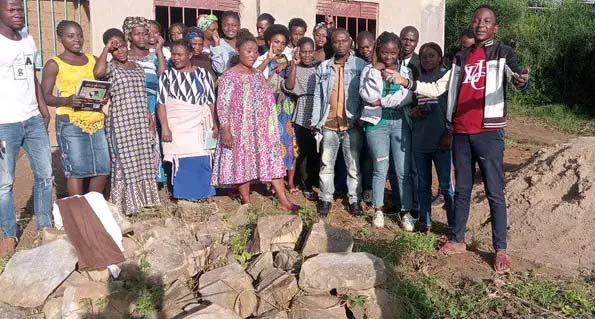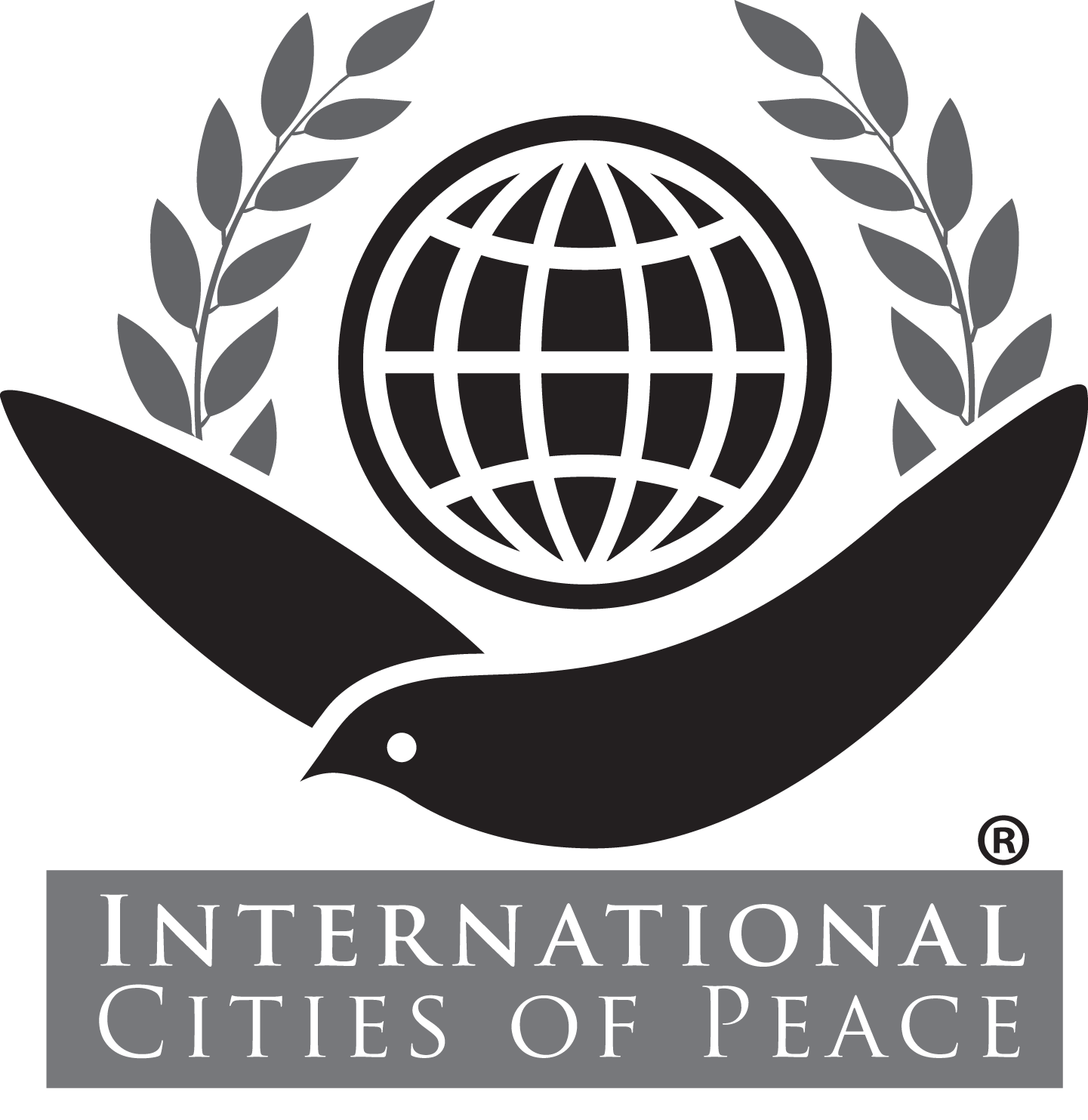KASHOJWA, KABIGO, RUGAGA, UGANDA: International City of Peace
We welcome Iragi Bakenga and those who live in Kabigo, Rugaga (sub-county) in the village of Kashojwa, which is now established as an International City of Peace. Iragi is a Congolese national that is taking the leadership in his area of the Nakivale Refugee Camp in Uganda.
Note: Introduction page with information primarily at the time of joining International Cities of Peace. For updates, please contact the liaison.
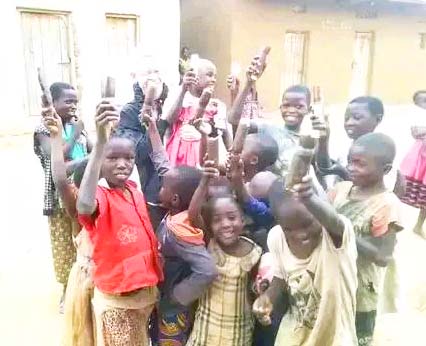
ABOUT THE VILLAGE OF KASHOJWA IN THE NAKIVALE REFUGEE CAMP
There is lack of education for orphans, lack of basic needs, abandoned children, vulnerables, indluding kids and teenagers. Issue include degradation of the environment, children are abused,, women are mistreated, violence, unemployment.
As the results of these problems, many women and teenagers plus youths are involved in anti-social behaviors such as; sex business, alcoholism, drugs conceptions, this have led to many street children, many children are abused and miss of education and that is a danger to the next generations, region and the whole continent at large.
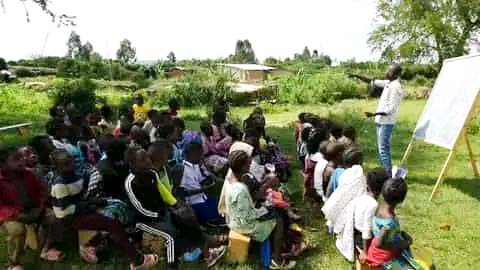
We as young leaders and peace builders committed to bring positive impacts to the community after facing all these problems mentioned above we decided to create a non profit organization called Hope for refugees organization in order to create the solutions.
CURRENT ACTIVITIES AND GOALS
The following photos are from a current project (at the time of this posting) to build a new school. The group has made much progress:
“Many community members whom devoted them selves to do this we made 4,000 blocks to build together and here in Nakivale people are talented but they have no where to empower themselves youths, Fathers their have raised 4 beautiful rooms without any costs.
STEPS TAKEN ON THE CHALLENGES
After experiencing all the above problem we as young leaders and peace builders comitted to bring positive impacts to the community after facing all these problems mention above a decided to create a non_profit organization called HOPE FOR REFUGEES ORGANIZATION (HRO) in order to fight against:
Illiteracy of Refugees, promoting talents promoting food security for refugees building a sustainable community through livelihood and women empowerment.
- We stared fighting illiteracy among Refugees and have 105 children which are Orphans, vulnerables, abandoned children, streets children… registered under the education program in Uganda Nakivale refugees camp and having the English for adults training.
- And we took the steps on fighting against hunger where we came up with the farm home gardening project where with this project has to promote food security and no one will die hungry anymore, we started sharing the farming skills to the community and establised 8 gardens and where 64 children,35 mothers and 13 farmers are acquiring farming skills and everyone have to grow his/her own food, and we hope the knowledge to get presents to hundreds of people and establish many home garden ,with farms for food security and having school gardens for no child to go at school and learn hungry.
And all this is to promote peace in Uganda kabigo.
CHALLENGES WE ARE FACING ON THE PROJECTS
- We are missing classrooms on where we could be getting the education servics , teaching farming skills and where it will be called the HOPE, SMILE and PEACE canter for refugees
- We have been studying and having sharings outside where the bad weather was really hardy attacking us
- Children and participants who are learning and acquiring Education and trainins are sitting in bad condition, we have no enough benches or chairs to seats on and we are missing enough Black boards with chalks.
- The children learning have difficulties on affording schoolastic materials, we are having the challenge on affording studies books at school and affording some monthly motivation stipend for caregivers.
STEPS TAKEN ON THE CHALLENGES WE ARE FACING IN THE EDUCATION MISSION PROJECTS AND OTHERS.
- On the challenge of missing the rooms where to study,we have took steps on where the Refugees community chairman gave us the land to be working from teaching and having sharings.
- And together with the community we made blocks to build our school classrooms and we are raising 4 classrooms together where we will afford NURSERY AND PRIMARY Education mission for refugees in camp.
- On the challenge of sitting in bad conditions we have only afford 15 benches and one table and yet we still need more benches ,tables ,studies books for teaching and have some scholastic materials for children.
PLANS WE ARE HAVING TO PROCESS WITH IN THE INTERNATIONAL CITIES OF PEACE MISSION AND THE PROJECTS.
- We are fist hoping to complete the construction of our rooms and on where we will afford NURSERY AND PRIMARY studies for refugees.
- We are having the plan to have enough school materials like study books, benches, chalks, tables and blackboard for studies
- We are hoping to afford some schoolastic materials materials for children and access some motivation stipend for our caregivers at school.
- After all we have the plan to establish school gardening project in where’s we shall be affording some food for students at school for that no child will go and learn hungry.
SOLUTIONS TO THE CHALLENGES
- We are rising 4 classrooms together with the community and on where we afforded to cover the iron sheets fees with contribution of the community and we have complete the roofing of 2 classrooms.
- We still need other 30 Iron sheets to roof the other 2 classrooms and on where one iron sheet costs 31,000shs (8.5$) ,the total budget for Iron sheets is 264$.
- We need 8 sacks of cement for plastering and one sack of cement costs 11$ the total for plastering cement is 88$ . And we need 8 sacks of cement for putting the floor cement and one sack costs 11$ the total for floor sacks of cement is 88$.
- We need 6 cars of soil for plastering and the floor cement where one car of soil costs 10$ and we need six the total is 60$.
- We need 4 doors and 8 widows for our 4 classrooms, where one door costs 40$ and the total of all doors costs is 160$ and we one widow costs 21$ and we need 8 widows where the total cost is 168$.
- And affording all this costs will help complete the construction of our education mission school in Uganda and in where the amount need to done the construction is 848$.
- And we can be responding to one by one need costs of the construction as we get to complete the all the construction of our Education mission school in Uganda Nakivale.
- And together with the community have afford alot to make this complete we have made blocks for construction and raising the classrooms, so we are needing 848$ to cover the construction costs and fees remaining and have our construction done on where we will be having the kabigo international cities for peace office.
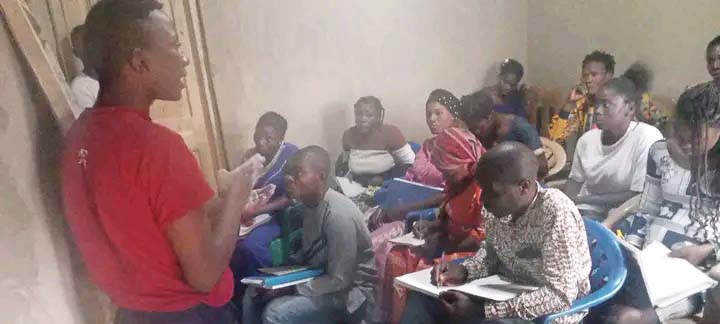
BENEFITS AND IMPORTANCE OF ESTABLISHING KABIGO AS THE INTERNATIONAL CITY OF PEACE AND HAVE THE CENTER OF THE ACTIVITIES PLACE.
- The benefits of building the school classrooms will facilitate the education services in Nakivale where it will help and save many children lives and create the best future for children.
- It will help in access of Refugees Education at large where it will includes; Adults, teenagers, mothers, youths and children… Education mission fro the best future.
- It Will respond on the problem of unemployment because it will create occupations for refugees to overcome stress and not associating in anti-social behaviours .
- It will facilitate the sharing of many different important educative trainings in Nakivale refugees camp where it include farming skills teaching which will educate the community to grow food and promote food security and care for the environment and the Earth.
- It will be the humanity school for Refugees on where we shall be holding many humanitarian assistances for refugees to bring hope and smile for Refugees in camp.
- It will help in promotion of talents, livelihood and women empowerment.
- And after all this will promote peace and facilitate the work we are doing together as the branch office of peace in kabigo and having these rooms thier will act as the international cities of peace Head office in Uganda where this will be our location and the home of happiness and peace for everyone.
CHALLENGES WE ARE FACING
- We don’t have a room for studies, we teach outside and the bad weather do really attack us which cause sickness that have led us to be borrowing someone house.
- We don’t have enough materials for teaching and even scholastic materials are hard to get for orphans, vulnerable children widows and lame mothers
- Lack of materials to conserve the environment and for farming like hoes, spades, pangas, Gum boots ,…
LETTER OF INTENT
leon2
ABOUT THE LIAISON
IRAGI BAKENGA LEON
I am a Congolese by nationality but currently a refugee in Uganda due running to Uganda my father and my older brother was massacred and being killed my mother also got paralyzed, we arrived to Uganda for a refugee, i with my uncle, mother, my 4 brothers and 1 sister since 2017.
We passed through many struggles and I experienced many things and after i came to understand that many families of Refugees are suffering.
CONTACT INFORMATION
ABOUT THE NAKIVALE REFUGEE SETTLEMENT (from Wikipedia)
Nakivale refugees settlement was established in 1958 and officially recognized as a Refugee settlement in 1956 through the Uganda gazette general.nakivale Refugees camp is the 8th largest Refugees camp in the world.
Nakivale refugees camp is located in Uganda, Isingiro district ( western parts of Uganda). Nakivale refugees settlement has more than done 137 000 families where it includes 8 different nationalities from, BURUNDI, DEMOCRATIC REPUBLIC OF CONGO (DRC) ERITREA, ETHIOPIA,RWANDA, SOMALIA, SUDAN AND SOUTH SUDAN.
And in Nakivale refugees camp we have been having a lot of challenges to Refugees to make a living and among the challenges in Nakivale; Refugees are facing an influx that has resulted in further shortages of food, which has in turn led to contlicts between Refugees and Uganda farmers, who have accused Refugees of stealing food from local farmers.
In October 2021 the monthly stipend for Nakivale refugees was reduced by almost divided a third times 19,000shs (8.5$) to 13 000 Ugandan shillings (3.6$) and now a big number of Refugees have being deactivated from food system they have to live on their own mean. Wold food program (WFP) has announced that it lacking enough funds to feed Refugees when the number of them is growing daily. This have lead to malnutrition among families , Orphans, abandoned children, vulnerable, young mother, widows,lames and many Refugees are suffering dying hunger, this have led to many streets children begging for help.
And due many different challenges it has become had for many children to afford Education, and this have lead to many descrimination of children it including daily, beggars and yet our children are our future generations.
And as the results of less Education to Orphans, children, kids and teenagers. Many women and teenager plus youths are invaded into dangerous anti- social behaviors such as sex business, alcoholism, drugs conceptions many children are abused and miss adequate education and that is a danger to the next generation, region and the whole continent at the large.
Note: If information or photos used here are copyrighted, please contact us and we will immediately delete the copyrighted material.
